Leading market players are investing heavily in research and development in order to expand their product lines, which will help the mussel market, grow even more. Market participants are also undertaking a variety of strategic activities to expand their global footprint, with important market developments including new product launches, contractual agreements, mergers and acquisitions, higher investments, and collaboration with other organizations. To expand and survive in a more competitive and rising market climate, mussel industry must offer cost-effective items.
Manufacturing locally to minimize operational costs is one of the key business tactics used by manufacturers in the mussel industry to benefit clients and increase the market sector. In recent years, the mussel industry has offered some of the most significant advantages. Major players in the mussel market, including Waitaki Biosciences International Ltd., Maclab, Inc., Nature's Path Foods, Inc., Great HealthWorks Inc., Navchetana Kendra Agra., and others, are attempting to increase market demand by investing in research and development operations.
Sanford is one of the largest and oldest seafood companies in New Zealand, with a history dating back to 1904. The company is engaged in the harvesting, farming, processing, and marketing of a wide range of seafood products. Sanford is involved in both wild catch and aquaculture operations. The company catches and processes various species of fish, including hoki, orange roughy, and greenshell mussels. It also farms salmon and operates inshore and deepwater fishing vessels. Sanford Ltd. (NZ) focuses on expanding its footprint in other countries by developing strategic partnerships with international distributors and suppliers.
The company grows mussels by utilizing the longline method which is environment-friendly and enhances production.
Blue Harvest Fisheries is a leading supplier of premium quality seafood sustainably harvested from MSC certified fisheries in the U.S. The company operates its own fleet of scallop and groundfish vessels as well as offloads facilities in Newport News, VA, Fairhaven, MA and at a state of the art SQF Level 3 waterfront manufacturing facility in New Bedford, MA. The Blue Harvest Fisheries product line features sea scallops, Pacific cod, haddock, Atlantic ocean perch (Acadian redfish) and Atlantic pollock. The company also offers swordfish and tuna from approved third-party vessels.
Blue Harvest Fisheries products are sold fresh and frozen under the Blue Harvest brand to leading restaurants, wholesalers and distributors across the U.S. and abroad. On February 9, 2023, Blue Harvest Fisheries announced this week that it purchased a new trawler, expanding its groundfish operations as the company sells off the last of its scallop fleet.


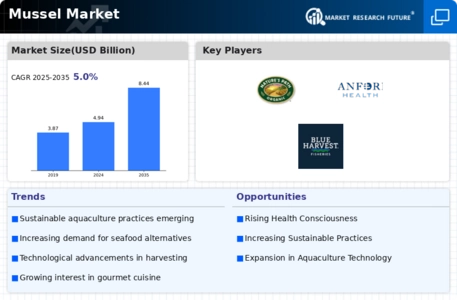
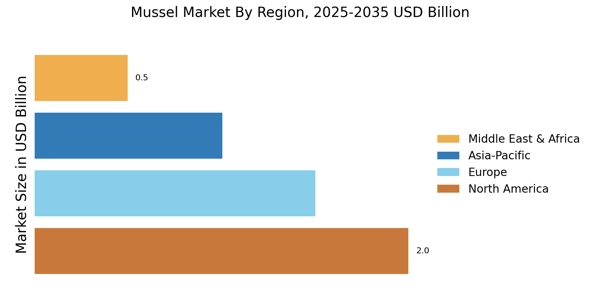
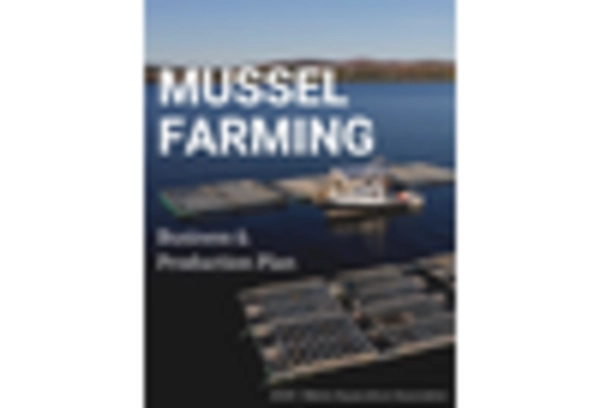

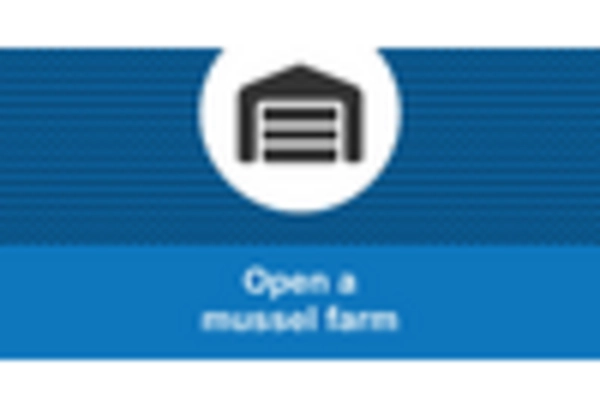


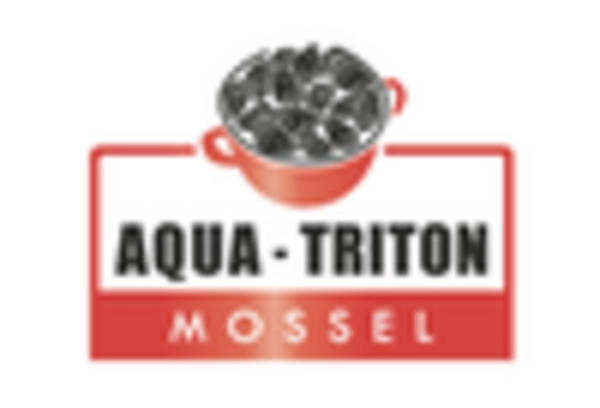








Leave a Comment